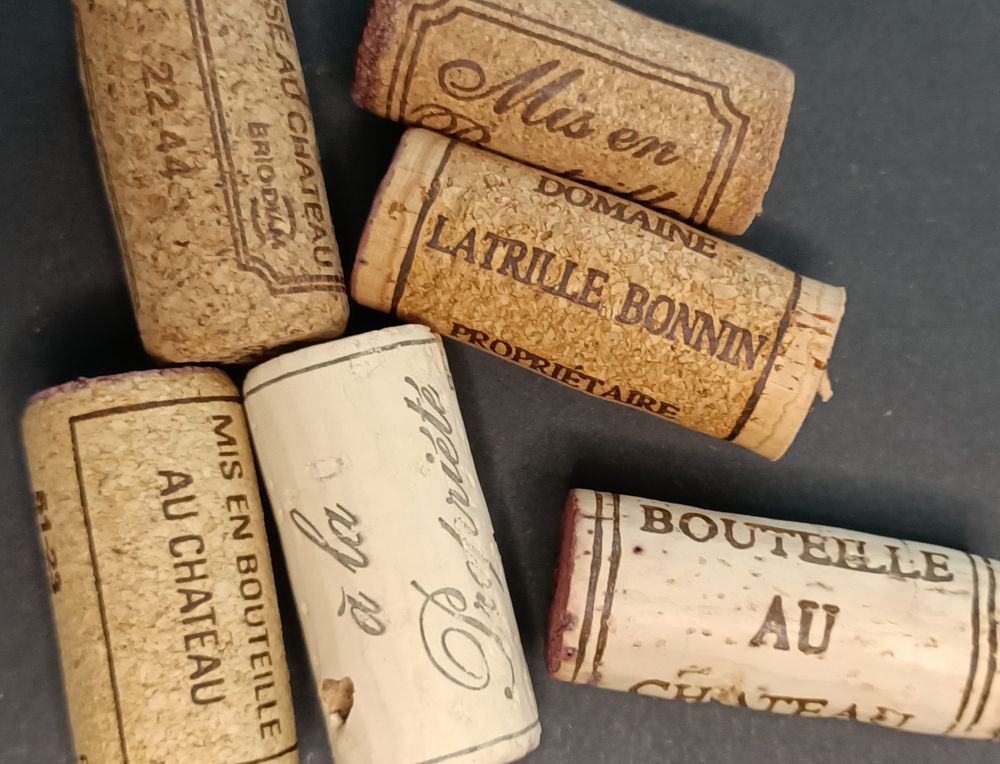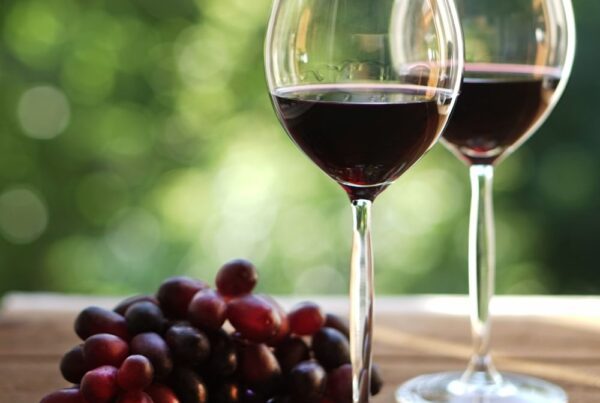French wine labels can be confusing, especially if you don’t understand French.
In this article, we’ll explain the meaning of “Mis en Bouteille” and what it can tell you about the wine.
“Mis en Bouteille” translates as “bottled”. Estate-bottled French wine usually has “Mis en Bouteille” on the label, as well as where, such as at the property or Chateau.
Estate-bottled wine is wine made using only grapes grown by the estate, and it is an indication of quality wine.
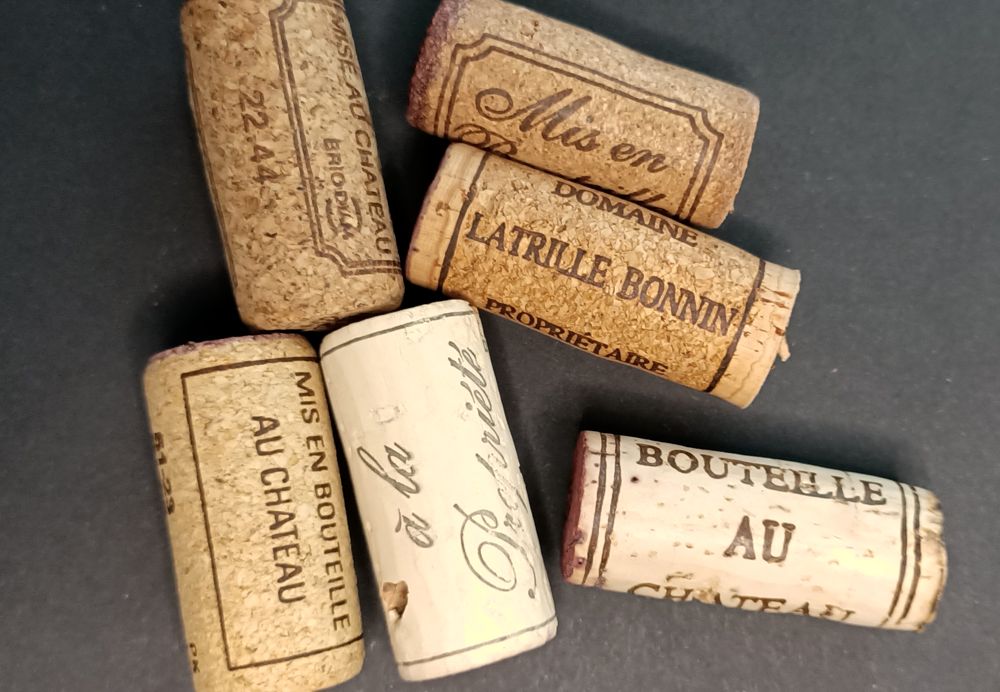
Contents
- 1 Mis en Bouteille definition
- 2 Mis en Bouteille meaning
- 3 Mis en bouteille à la propriété meaning
- 4 Mis en bouteille au Chateau meaning
- 5 Mis en bouteille dans nos chais meaning
- 6 Mis en bouteille avec amour meaning
- 7 Mis en Bouteille pronunciation
- 8 Estate wines vs non-estate wines
- 9 Understanding French wine labels
Mis en Bouteille definition
The term “mise en Bouteille” means “bottled”. It is French, and it translates as “put in bottle”.
Mis en Bouteille meaning
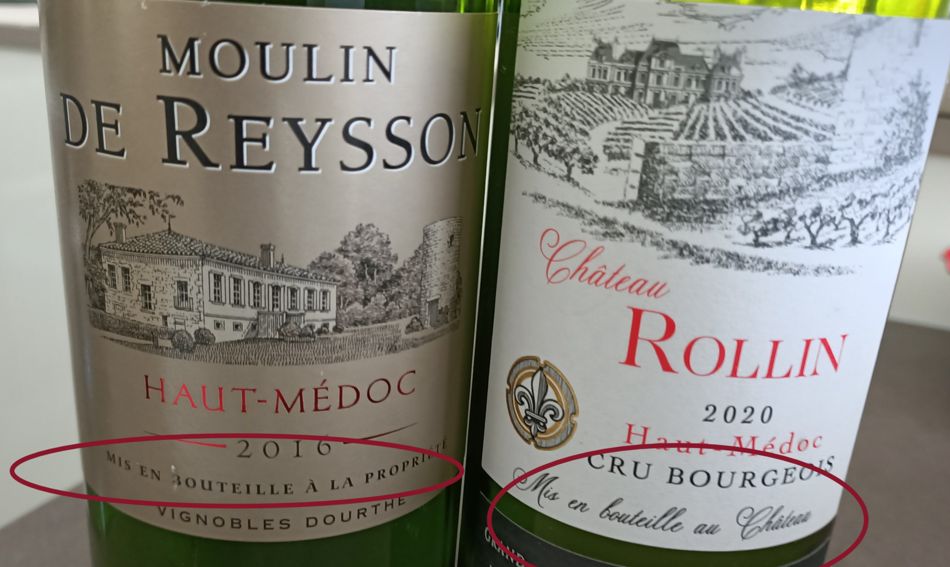
The term “Mis en Bouteille” on a wine label or wine cork is a reference to wine bottling.
It is usually accompanied by where it was bottled. For example, “Mis en Bouteille au Chateau” on a wine label means that the wine bottled on the estate – a Chateau (French for castle) in this case.
The term is usually associated with estate wines (but can also be found on some non-estate wine labels). Estate wines produce wines using only grapes that they grow themselves.
These wines are typically therefore made on a smaller scale than other producers.
Estate winemakers have more control over the winemaking process, so they generally produce the best quality wines in their regions.
Mis en bouteille à la propriété meaning
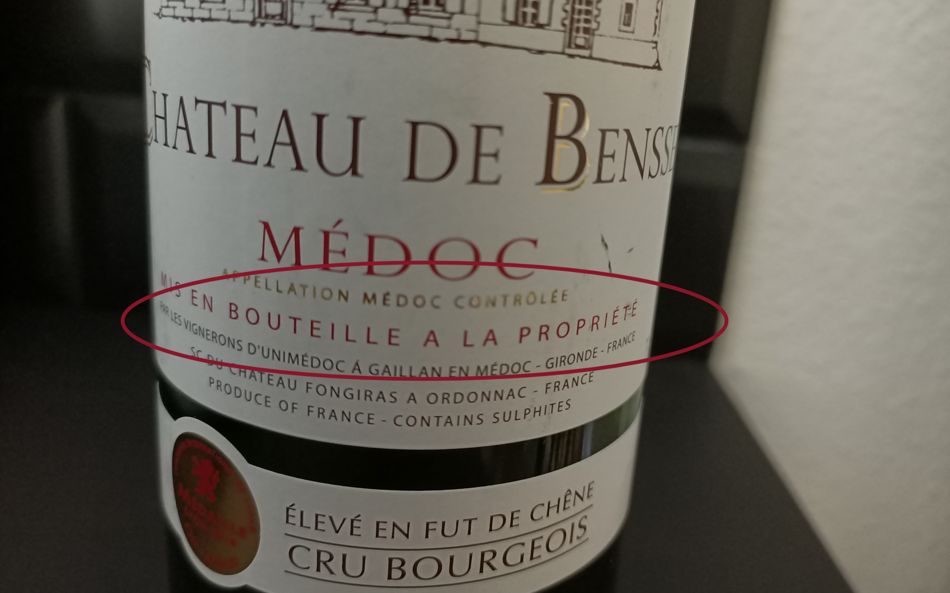
“Mis en Bouteille à la Propriété” means bottled at the property.
Mis en bouteille au Chateau meaning
“Mis en Bouteille au Chateau” means bottled at the Chateau/Castle
Mis en bouteille dans nos chais meaning

“Mis en Bouteille dans nos Chais” means bottled in our cellars.
Mis en bouteille avec amour meaning
“Mis en Bouteille Avec Amour” means bottled with love.
Mis en Bouteille pronunciation
Pronounce mis en Bouteille MEEZ-AWN-BOO-TAY.
Estate wines vs non-estate wines
There are two other types of wine producer besides estate wines – cooperatives and merchants.
Wine that is not estate wine may have “mis en Bouteille” labelling, but it will say something like “Mis en Bouteille dans la Région d’Origine”, which signifies that the wine was bottled within its original region, emphasizing regional authenticity.
Non-estate wine may simply state the region or country it was made in, e.g., Vin de France.
Wine cooperatives are common in Europe. A cooperative is a wine business that is usually owned by a group of independent grape growers.
The cooperative owns one winery with a winemaking team that make the grapes into wine.
Cooperatives are a cost-effective way for small grape growers to produce wine and they ensure grape growers have a buyer for their grapes.
The quality of wine produced by cooperatives can vary, but some cooperatives produce high quality wine.
Merchants buy grapes or juice or wine from grape growers or from cooperatives. Merchants can focus on small-scale premium wine or produce a range of wines on a large scale.
They are more common outside of Europe and many large wine brands are made by wine merchants.
The French term for “merchant” is “négociant” and this term is sometimes used to describe merchants outside of France.
Understanding French wine labels
French wine labels are all about preserving the integrity of the wine’s origin and quality.
Wine labels in France are unique because of their focus on terroir, strict regulations and a commitment to preserving the unique qualities of each region.
In France, wine is an expression of the “terroir”, meaning that factors like the soil, climate, vineyard and winemaking techniques specific to a region all influence the flavor and characteristics of wine.
As a result, there is a strong emphasis on the origin of wine on French wine labels.
Appellation d’Origine Contrôlée (AOC) meaning
The AOC system is a strict regulatory framework that governs where grapes are grown, how they are cultivated, and how wine is produced.
AOC on a French wine label, means the wine comes from a specific, defined region and adheres to various quality standards.
This system ensures that high quality standards are maintained and that wine from each region reflects the unique terroir.
French wine labels will often refer to the region and not the grape variety. Grape varieties are often strictly controlled for different regions, so if you know the region, you know the variety; for example, Chablis wine is made with Chardonnay grapes.
Outside of France, it is more common for the grape variety to be listed on the label.
Hierarchical Classification
French wine labels sometimes include hierarchical classifications. You may see, for example, “Grand Cru” and “Premier Cru” on wine from Burgundy or “Cru Classé” on labels for classification of Bordeaux wine.
These labels indicate exceptional vineyards with reputations for quality. These classifications help wine buyers identify the best of the best.
Vintage
The vintage indicates the year the grapes were harvested. Vintages or “millésime” are declared good years or not so good.
The weather is often a key factor in whether a vintage is good or bad; for example, if the weather is cold, grapes might not ripen fully.
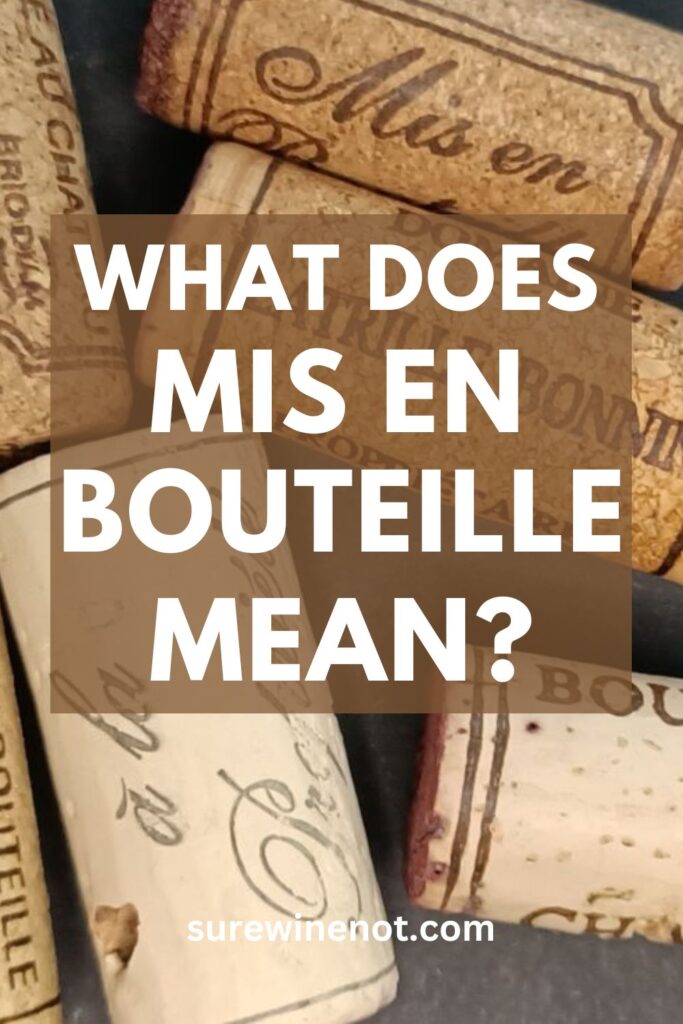
Read with confidence: I am a certified wine expert (WSET L3).


